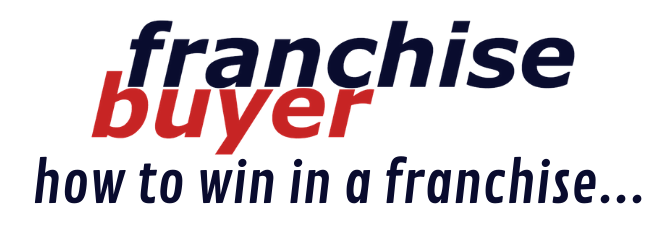
100+ year old marketing lessons that still apply today
Over one hundred years ago there lived a man who was a marketing genius, and his lessons are just as relevant today as they were back then...

In case you’re curious (I certainly was) I did the math and that is equivalent to over $25 million today. His name was Claude Hopkins, and although you might not have heard of him, I’d like to bet that your life has been influenced by him. Let’s put that to the test.
Back in 1911 the owner of B.J.Johnson Soap Co., B. J. and his newly appointed Sales Manager, Charles Pearce, approached Claude with the view of selling a laundry detergent. Claude and his team advised against it. When Claude asked, “Do you have anything else to sell?” B.J. replied, “Only toilet soap” which he considered an unprofitable product line. However, Claude convinced them to put $700 up for a test campaign. Instead of calling it “Toilet Soap” Claude employed the concept of using a name that tells a story.
After researching the product, he discovered the ingredients included palm and olive oils, so he coined the name Palmolive! That test campaign sparked others, making Palmolive a household name. That's the history of the current-day multi-billion company: Colgate-Palmolive.
How about another test? Perhaps you have driven a car with Goodyear tires? That too was a brand built by Claude in the early nineteen hundreds. Thankfully Claude documented his marketing methods so his genius would survive. As Claude openly admits, advertising is not a special talent, restricted to a select “lucky” few. It is a science which can be taught and learned.
What may surprise you is that his techniques are still valid, even in today’s online hyper-connected world. Sadly however, these techniques are not well known and so business owners still grope in the dark for advertising “secrets” that work.
Well, I’m such a fan of Claude that I decide to revisit his works, isolate the key laws he so readily shares, and show how these laws can be applied today, both on and offline and even on social media.
I discovered 114 Marketing Laws in total across 7 categories, including:
• 8 Laws for Headlines
• 2 Laws for Call-to-Action
• 13 Laws for Salesmanship
Let me share with you four vital laws that can make a dramatic difference when applied.
The first law
Our final conclusions are always based on cost per customer or cost per dollar of sale.
How effective is your advertising? And by advertising, we mean everything you do to attract customers, from signage, to uniforms, to paid advertising. How do you know if one campaign was better or worse than another? There is only one answer: You must know the cost per customer or cost per dollar of sale.
Second Law
We test everything pertaining to advertising. I’ve seen people argue about the color of a font or the placement of a logo, yet neither person had any idea what will work best. When people ask me for such advice my answer is always the same—”Let’s test it!” There is only

one person you should listen to when deciding on what works and what doesn’t, and that is your client. If they buy or response to an advert, great, if not throw it out and start again. Continual testing eventually results in a very powerful campaign, and it is usually dramatically different to everyone’s “professional” opinion.
Third Law
The reason for most of the non-successes in advertising is trying to sell people what they do not want. I see this happen a lot: Appealing to the wrong person. If your product is suitable for males, don’t target females. If your audience is the elderly, don’t try to sell younger people. Many advertisers fall into the trap of trying to attract mass attention. This is often done with a witty message. Mass appeal, however, will attract people who do not want your products or services and no amount of selling or discounting
will change their mind.
Fourth Law
Almost any question can be answered, cheaply, quickly and finally, by a test campaign. And that’s the way to answer them—not by arguments around a table. This law is a cousin of the Second Law. And it is much easier to do today than it ever was in Claude’s day. Before you spend thousands on a campaign or even before you spend thousands (or millions) developing a new product line, test it first.
The fastest way to do this is on Facebook. You can isolate your ideal audience, with age, gender, locations, profession, hobbies, interests, relationship status, and a host of other information that is readily available. Put together a simple campaign and set your budget, which can be as little as $5. Now sit back and see what works.
Facebook provides the ultimate laboratory for your marketing. And when it comes to planning a new campaign you should adopt the process of a scientist. Test your formula in a laboratory, away from the usual daily confusions of your business and see what works. Within a few days, you gain invaluable insight it what creates a response, the cost of a potential client and whether or not the campaign will be a success. Armed with such data you can easily settle all arguments with business partners, bosses and the marketing
department.
If business owners applied these laws, they could have their advertising and still get an improved response.
Claude said it best over a hundred years ago … “Groping in the dark in this field has probably cost enough money to pay the national debt. That is what has filled the advertising graveyards. That is what has discouraged thousands who could profit in this field. And the dawn of knowledge is what is bringing a new day in the advertising world.” After almost one hundred years I think it’s time we followed the advice of this Marketing Genius, don’t you?






